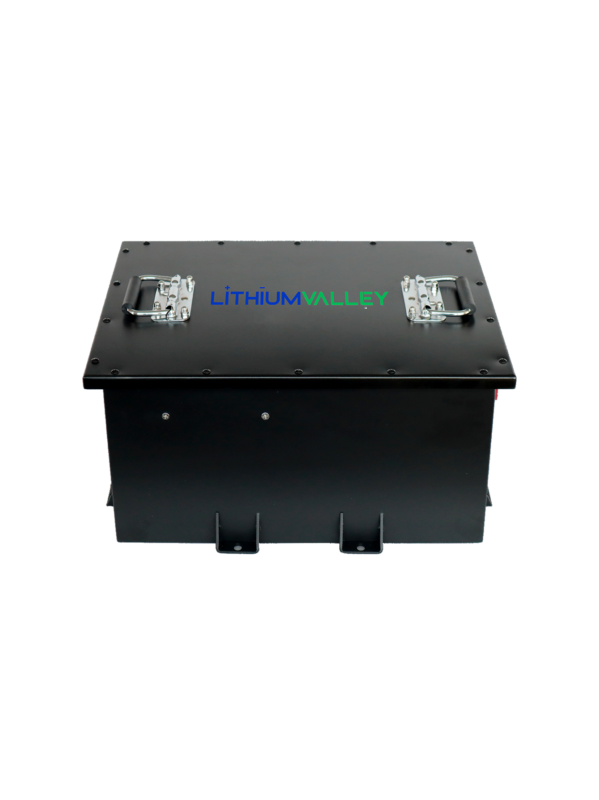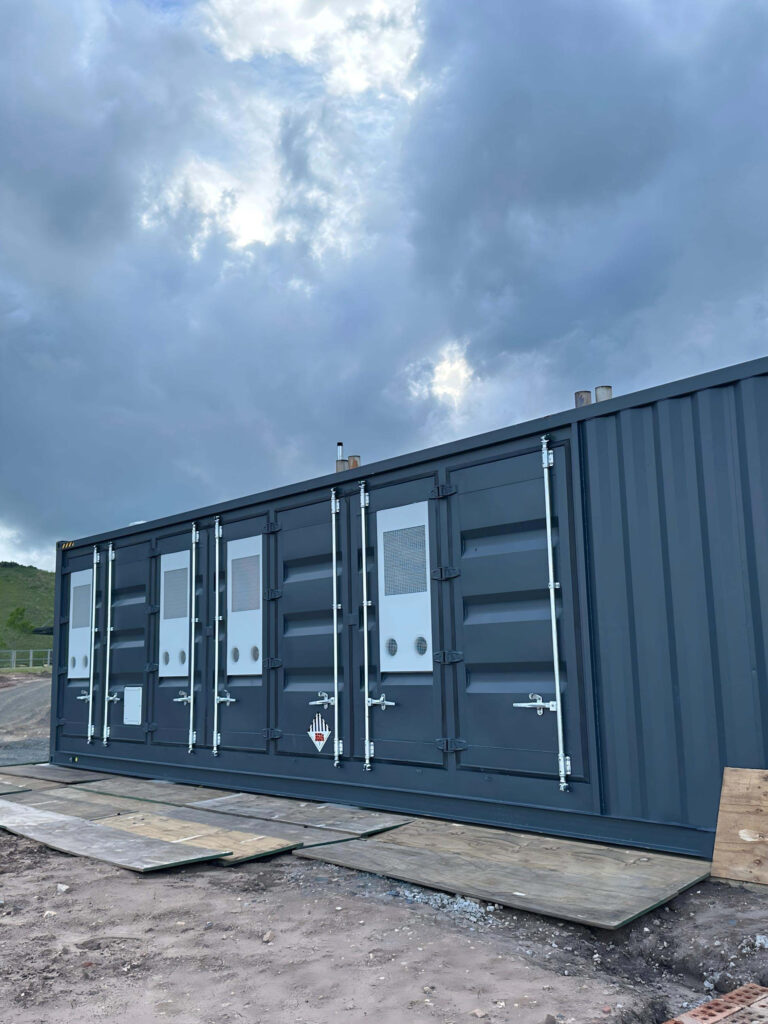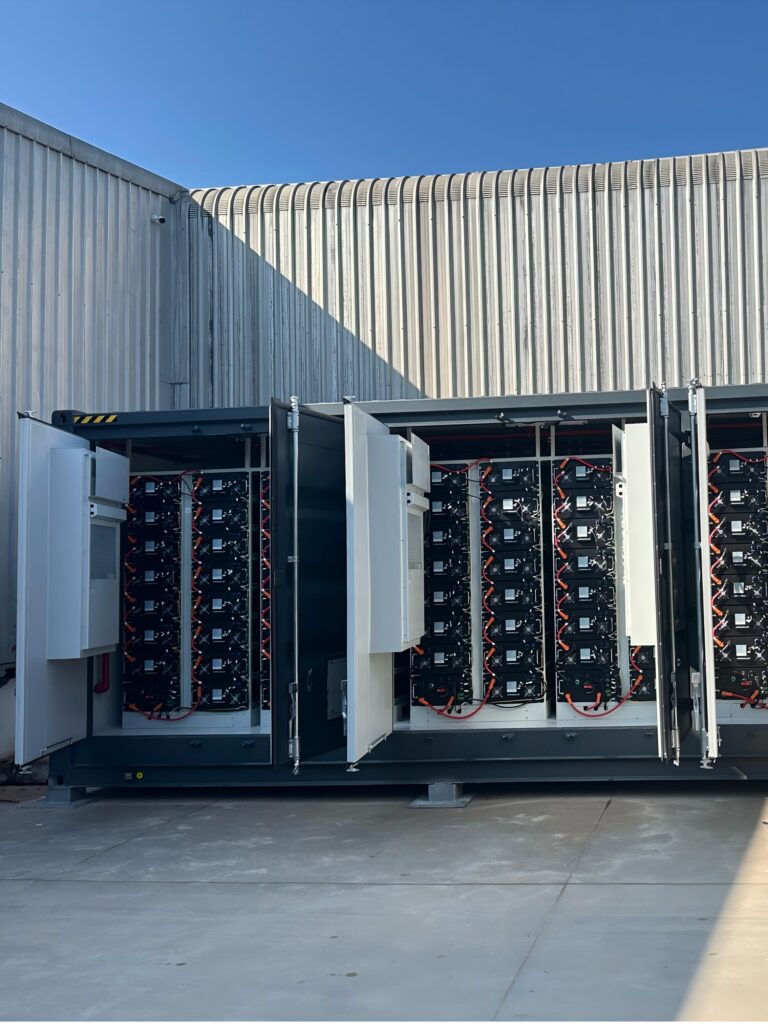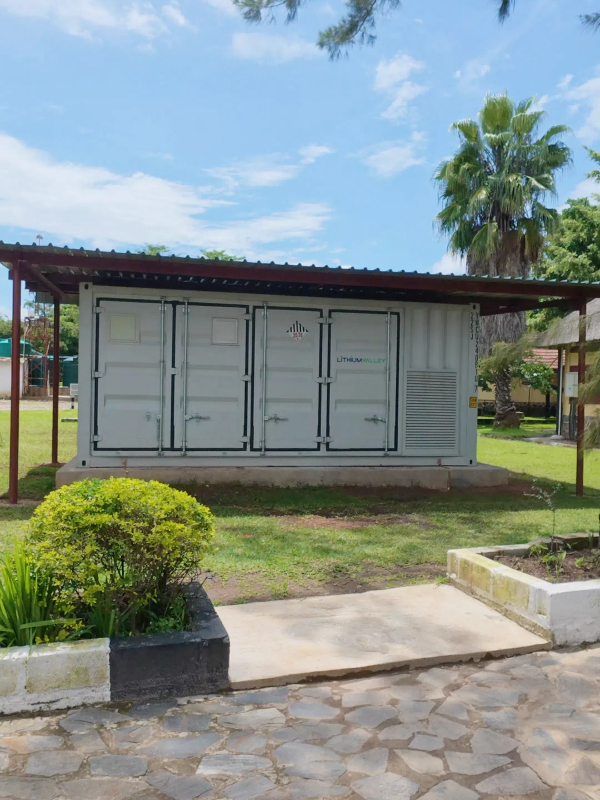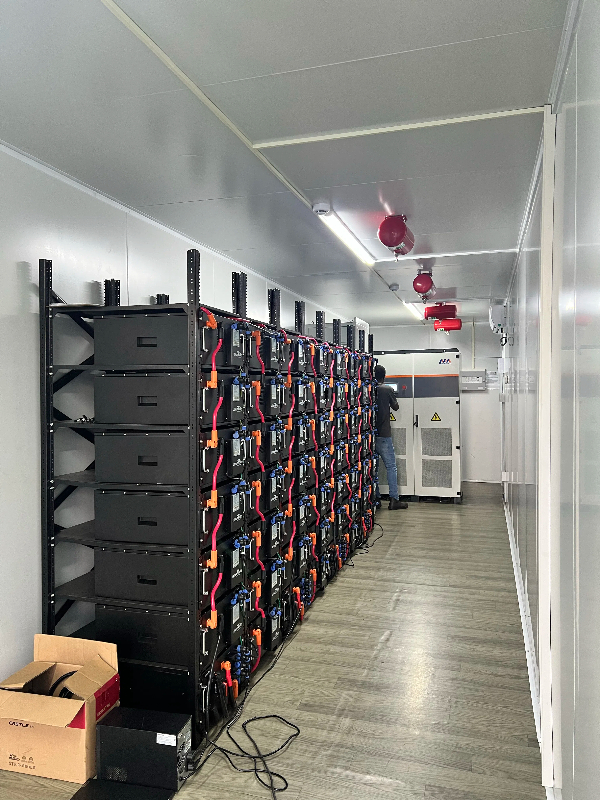As the world transitions towards a more sustainable and renewable energy future, energy storage systems have become a crucial component in ensuring a stable and efficient power grid. Among the various elements that make up an energy storage system, the Energy Management System (EMS) plays a vital role in optimizing its operation and maximizing its benefits. In this article, we will explore the evolution of EMS in battery energy storage and why it often needs to be replaced on operational projects.
The Importance of Energy Management Systems
An Energy Management System (EMS) serves as the “brain” of a battery energy storage system (BESS), responsible for monitoring, controlling, and optimizing its operation. EMS plays a crucial role in ensuring the efficient utilization of energy resources, maximizing the system’s performance, and maintaining its safety and reliability.
Traditionally, EMS was designed for large-scale grid-connected energy storage projects, focusing on source-grid side scenarios. These systems were localized and tailored to specific configurations and hardware. However, as the energy storage industry evolved and diversified, the need for more flexible and adaptable EMS solutions became apparent.
Challenges and Limitations of Traditional EMS
The traditional EMS, while effective in its intended use cases, has limitations when applied to industrial and commercial energy storage projects. These projects often have smaller capacities, wider dispersion, and higher operation and maintenance costs. The traditional EMS, designed for source-grid side scenarios, does not align with the requirements of these projects, necessitating the development of a new product design.
One of the primary challenges faced by traditional EMS is the lack of compatibility with various protocols and devices. Industrial and commercial energy storage sites require seamless integration of multiple devices, including Power Conversion Systems (PCS), Battery Management Systems (BMS), air conditioners, electric meters, and more. The EMS needs to support comprehensive device integration and real-time monitoring and control of these devices.
The Need for Adaptability and Flexibility
To address the limitations of traditional EMS, the new generation of EMS solutions focuses on adaptability and flexibility. These EMS solutions are designed to be hardware agnostic, allowing integration with different types of battery systems without being dependent on specific manufacturers. This flexibility enables energy storage projects to choose the most suitable hardware for their specific needs without being locked into a proprietary EMS.
Furthermore, the modern EMS solutions aim to provide real-time data transmission and cloud-edge integration. With the increasing trend of remote operation and maintenance monitoring, industrial and commercial energy storage projects require EMS solutions that can upload data to the cloud, enabling remote monitoring and control. Cloud-edge integration ensures seamless communication between the energy storage station and the cloud platform, facilitating data analysis, system optimization, and remote control.
Design Principles of Modern EMS
The design principles of modern EMS revolve around four key aspects: full access, cloud and edge integration, flexible expansion, and strategic intelligence.
Full Access
Modern EMS solutions prioritize full access to various devices and protocols. They enable real-time monitoring and control of PCS, BMS, air conditioners, electric meters, and other equipment within the energy storage system. The EMS allows users to view individual devices, monitor their performance, and control their operation. Full access to device alarm information ensures timely response to any issues or anomalies.
Cloud and Edge Integration
Cloud and edge integration is crucial in modern EMS solutions. It enables bidirectional data flow between the energy storage station and the cloud platform, ensuring real-time and lossless transmission of data. This integration allows for remote monitoring, data analysis, and system optimization from the cloud platform. It also facilitates remote control and enables the implementation of dynamic charging and discharging strategies based on real-time data and forecasts.
Flexible Expansion
Modern EMS solutions support flexible expansion, accommodating different configurations and numbers of energy storage cabinets. They enable seamless connection and group control of equipment, particularly PCS, to facilitate swift construction, delivery, and operation of energy storage projects. The EMS should be capable of integrating equipment with varying orders of magnitude, ensuring compatibility and efficient management of the entire system.
Strategic Intelligence
Strategic intelligence is a key aspect of modern EMS solutions. It involves optimizing the operation of the energy storage system based on various factors, including electricity prices, demand patterns, and system objectives. The EMS utilizes data analytics, forecasting algorithms, and real-time monitoring to make informed decisions and formulate dynamic charging and discharging strategies. Strategic intelligence ensures the economic viability of energy storage projects, maximizes the use of clean energy, and enhances system security through appropriate protection measures.
The Role of EMS in Battery Energy Storage
EMS plays a critical role in battery energy storage, ensuring the optimal operation and integration of the system within the larger power infrastructure. It facilitates the coordination of power flows, frequency regulation, and voltage support, enabling seamless integration with the grid. EMS also enables the provision of grid ancillary services, such as frequency response and voltage control, contributing to the stability and reliability of the power system.
In addition to grid integration, EMS is responsible for load management, peak shaving, and energy time shifting. It balances loads between on-peak and off-peak periods, reducing electricity costs for users. EMS allows users to store power during off-peak periods and discharge it during peak times, maximizing the benefits of time-of-use electricity pricing. Energy time shifting enables income generation through trading stored electricity in flexibility markets.
EMS also plays a crucial role in ensuring energy resilience. In the event of a mains failure, EMS can provide fast response backup power, ensuring minimal downtime and protecting critical infrastructure. When paired with power generation technologies, such as gas-fired Combined Heat and Power (CHP) or standby diesel generation, EMS enhances energy resilience and safeguards against operational losses.
The Evolution of EMS: Challenges and Opportunities
As the energy storage industry continues to evolve, the role of EMS becomes increasingly important. The integration of renewable energy sources, the growth of distributed power generation, and the need for grid stability and reliability present both challenges and opportunities for EMS.
One of the main challenges is the need for EMS to adapt to the changing requirements of different energy storage projects. Industrial and commercial energy storage projects have unique characteristics and demands, requiring EMS solutions tailored to their specific needs. The evolution of EMS should focus on addressing these challenges and providing flexible, scalable, and cost-effective solutions.
Opportunities arise from advancements in technology and data analytics. The integration of artificial intelligence, machine learning, and predictive algorithms can enhance the capabilities of EMS. These technologies enable real-time optimization, predictive maintenance, and intelligent decision-making, further improving the efficiency and performance of energy storage systems.
Conclusion
Energy Management Systems (EMS) play a crucial role in the efficient and effective operation of battery energy storage systems. The evolution of EMS has been driven by the need for adaptability, flexibility, and compatibility with various energy storage projects. Modern EMS solutions prioritize full access, cloud-edge integration, flexible expansion, and strategic intelligence. They enable real-time monitoring, control, and optimization of energy storage systems, contributing to grid integration, load management, energy resilience, and the provision of ancillary services. As the energy storage industry continues to evolve, EMS will play an increasingly important role in maximizing the benefits of energy storage and ensuring a sustainable and reliable power infrastructure.



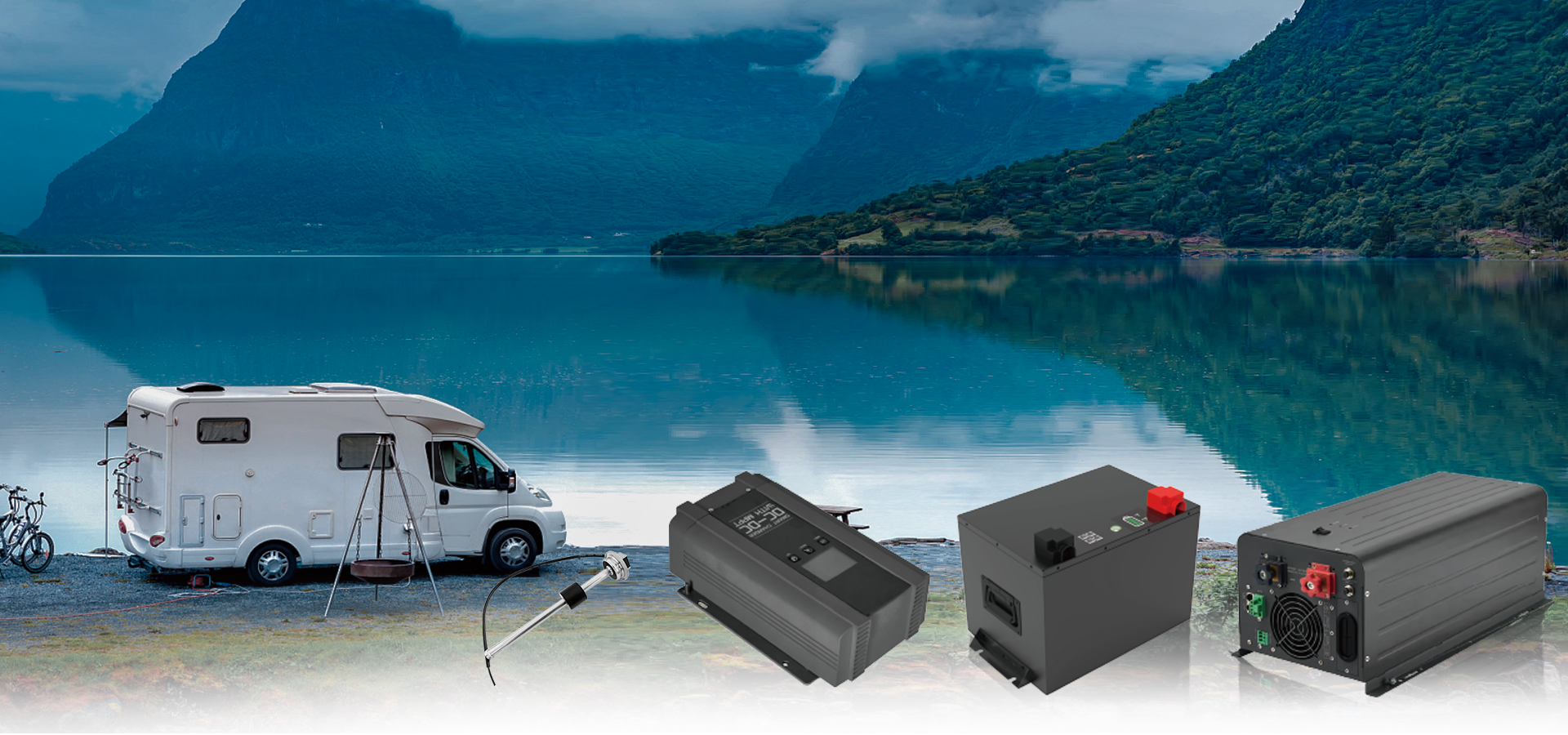


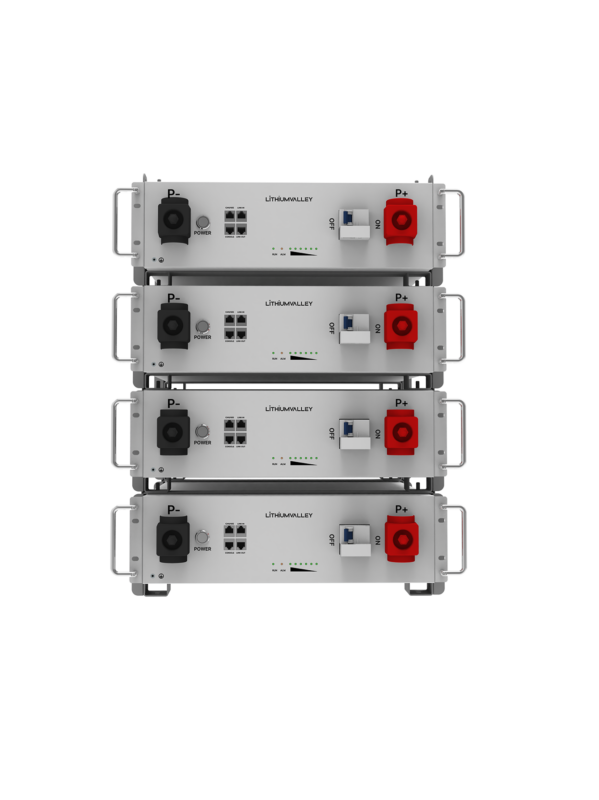
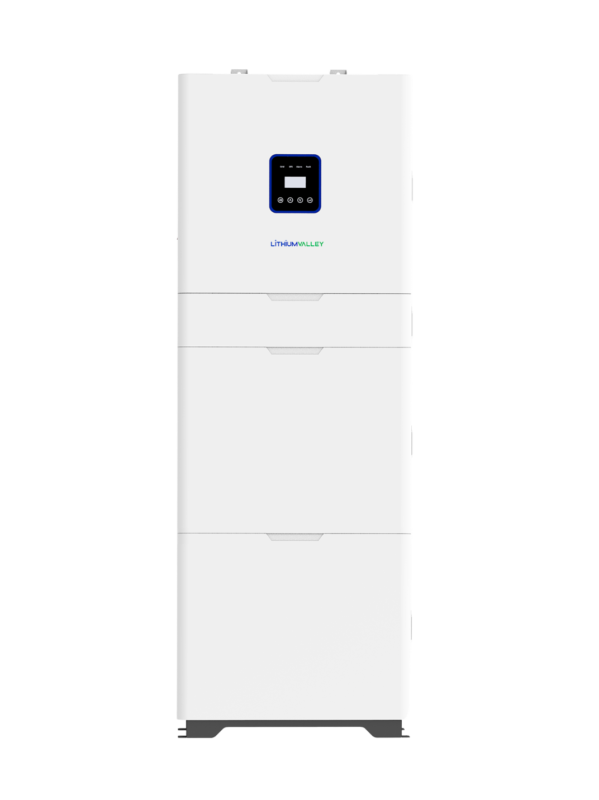






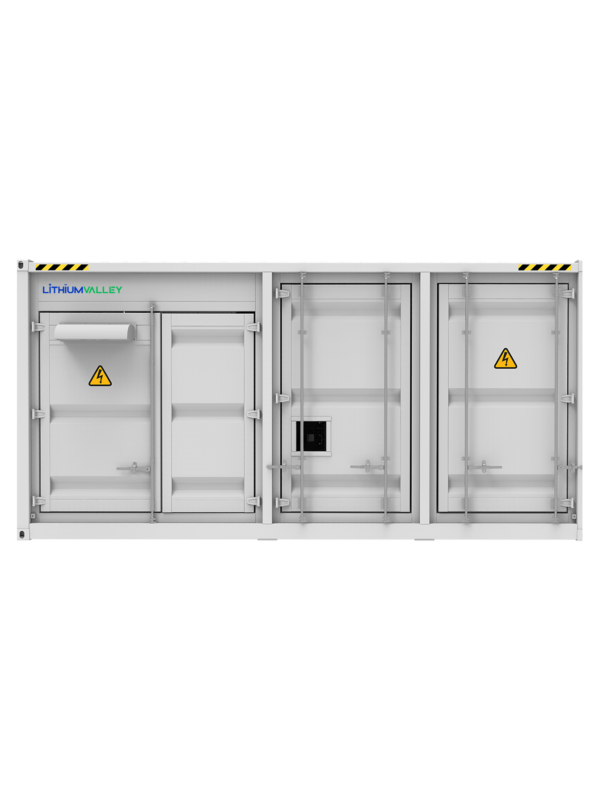
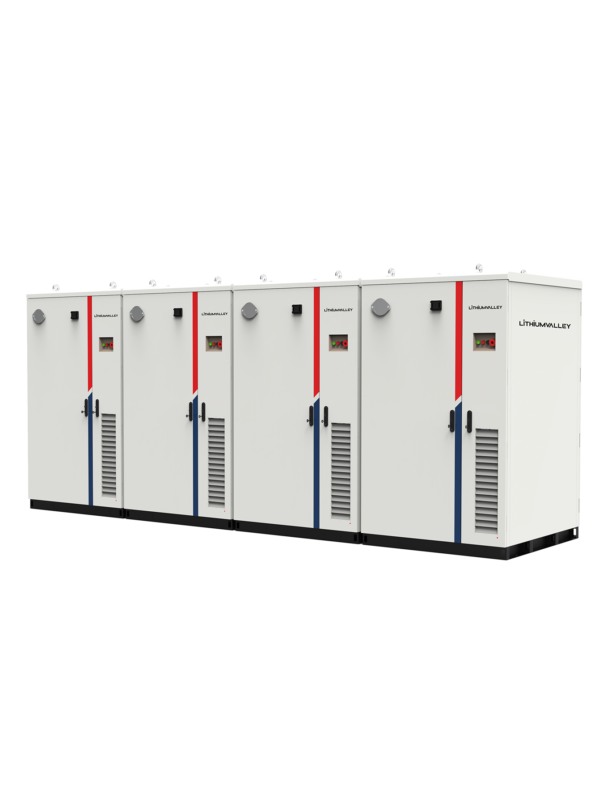
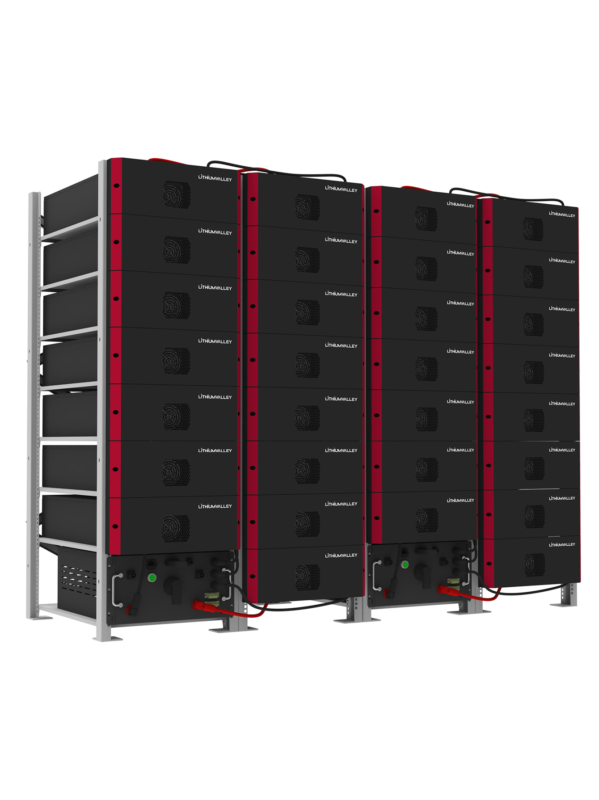
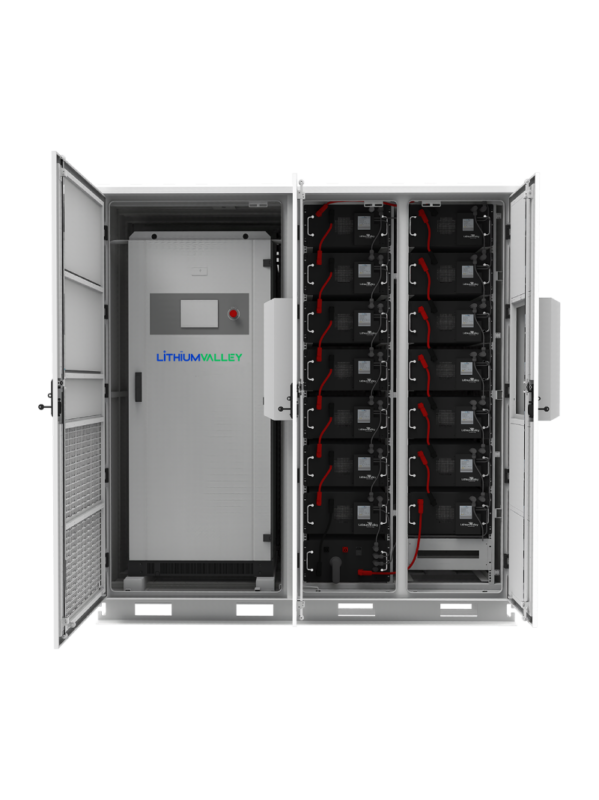
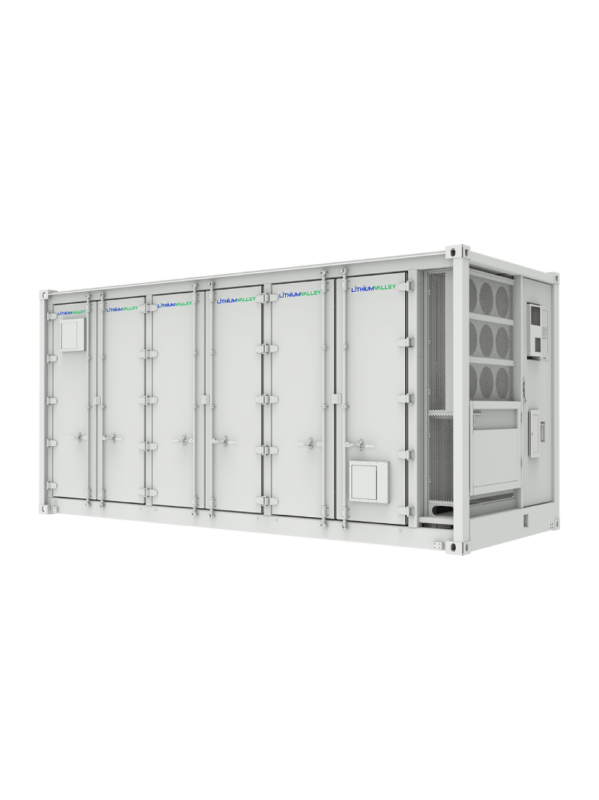
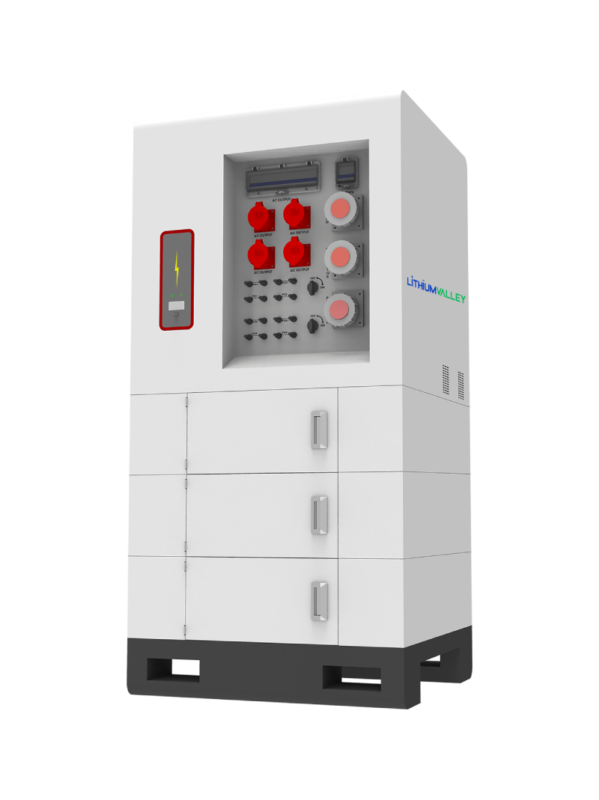
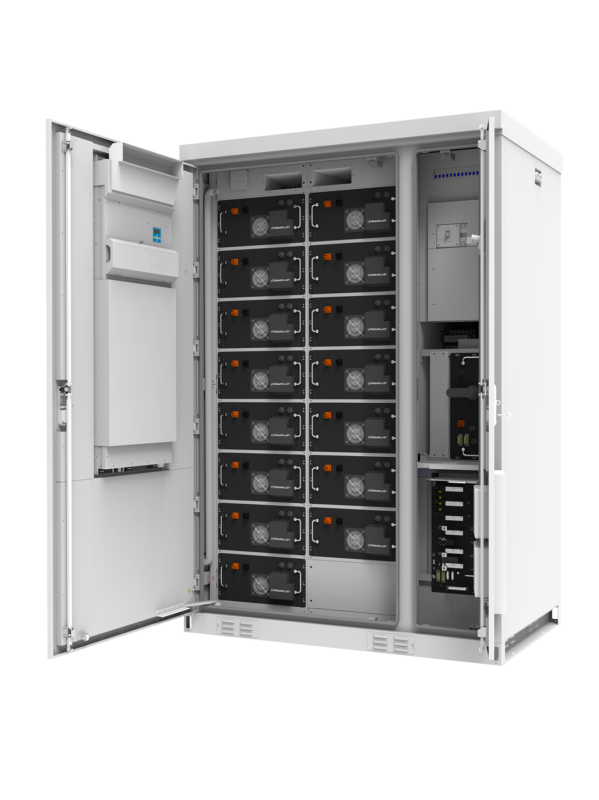
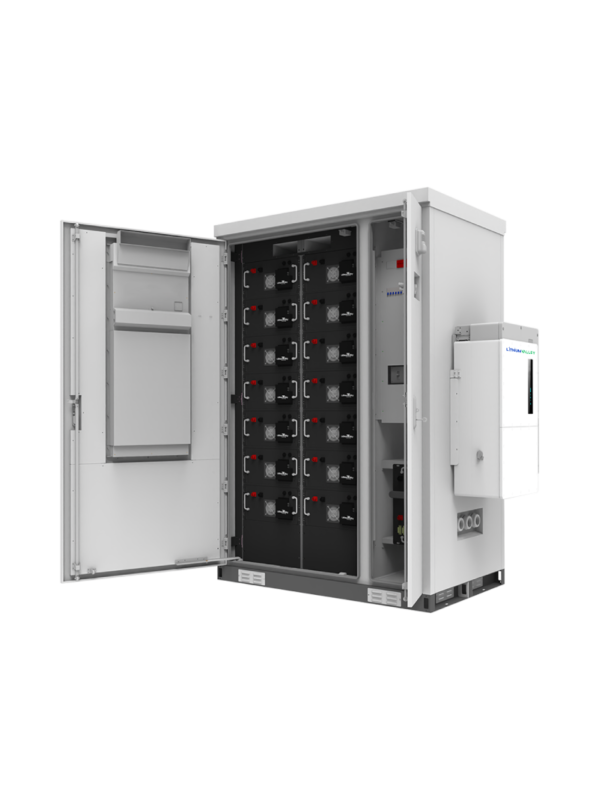

.png)
.png)
.png)
.png)
